The Science of Irrealism
“The truth is always an abyss. One must — as in a swimming pool — dare to dive from the quivering springboard of trivial everyday experience and sink into the depths, in order to later rise again — laughing and fighting for breath — to the now doubly illuminated surface of things.”
― Franz Kafka
We quest for meaningful truths about our existence and what we bring to bear upon our environments. Mathematics, science and technology enable our mechanical ability to crunch big numbers, calculate near infinite possibilities and deliver probabilistic results.
To be able to knowledgeably predict the multitude of buying behaviors of literally millions of customers using Amazon is an impressive computational accomplishment, in the service of consumer capitalism.
Or to be able to use peoples’ most personal and intimate preferences and tastes as unstructured data, to be sold onto those who would better manipulate our preferences for profit.
Profit motivates the interests of those who control data to use it in order to steadily limit the range of free (unpredictable)choices to achieve more predictable decisions. The more predictable the judgements of choice, the better the profit in meeting those wants. The freer the will, the wider the spectrum of discernment between what is needed and what is merely desired. Not ideal customer relations if your goal is for the customer to buy exactly what you tell them to buy and have already prepared them to buy.
But the truth is that we are all free to make choices, even when there isn’t much to choose from.
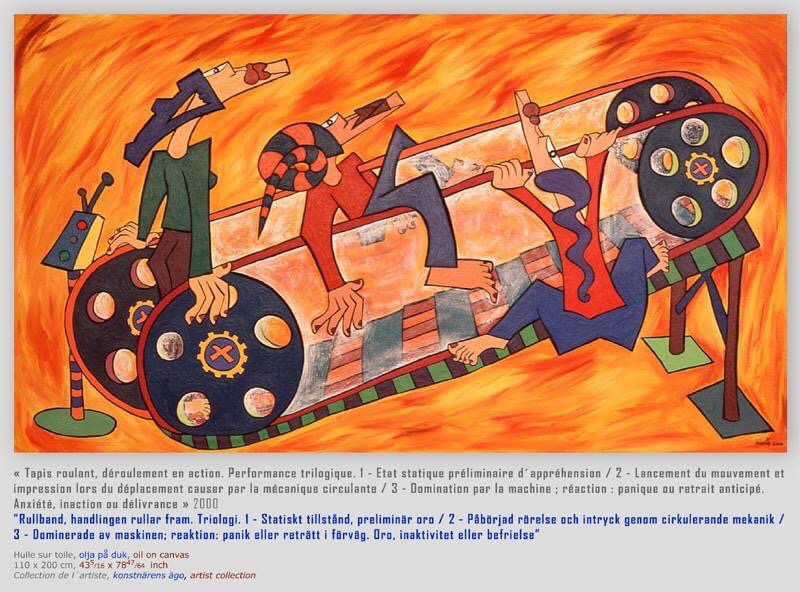
We are still free to deviate from the predictable norm and exercise our wider, human judgement in our choices. But to do so successfully is to break down the predisposed contexts to our decision making. We would need to embrace the fact of Uncertainty, unpredictability and see beyond the unreliable predilections of Causality. We must, so to speak, break our causal chains as they have been manipulated in advance by pragmatic and diabolic conventions.
To live outside of predetermined contexts, to break out of the “real world” into the actual world, where we really exist necessitates first the understanding of context in the service of truth. To understand the dichotomy between perception and interpretation we should adopt a new vocabulary: The study of interpretation is called Hermeneutics, which is the scrutiny of language mainly text, in the context of interpretation.
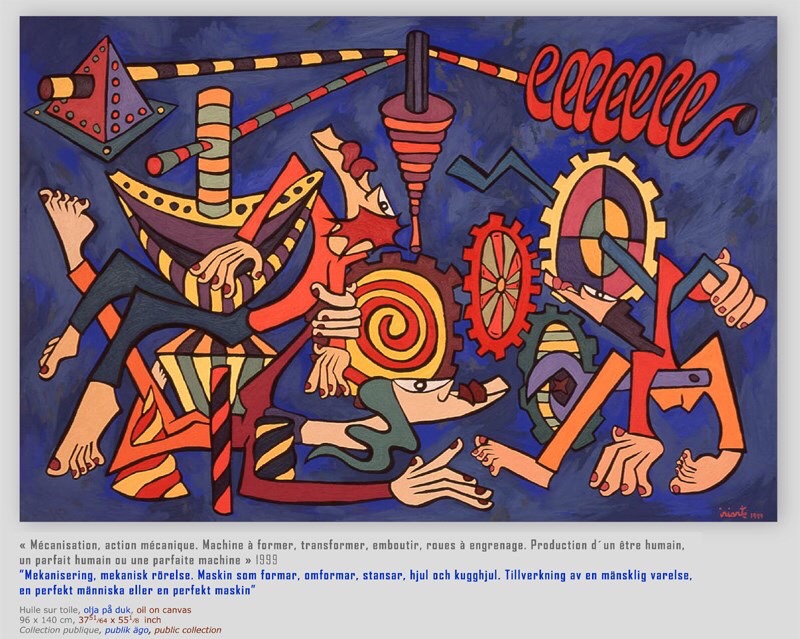
However, language is not limited to text. Much of human history (of consciousness), has been devoted to poring over sacred and heretical texts; but there is also the language of dreams and music which are open to both reading and expression.
Then there is of course, the language of the image. The useful lie of representation, predating photography by some 30,000 years.
In so far as hermeneutics is the study of text and its interpretations, Irrealism examines the language of images by posing that no one account or one representation of a reality can accurately account for that reality apart from that one possible narrative. But there are millions of narratives, millions of representations of any event or occurrence in reality. There exists a vast multiplicity of perspectives and vantage points of which no one of which can be designated the sole “true” representation. Namely because the quantum diversity of perspectives is fundamental to that singular truth. This is one of infinite possible worlds but the only truth that can be found in this assertion is within the context of an infinite number of real possibilities.
Thus we each stand on a ledge overlooking the infinite, the universe waiting for us to take a step in whichever direction we choose.
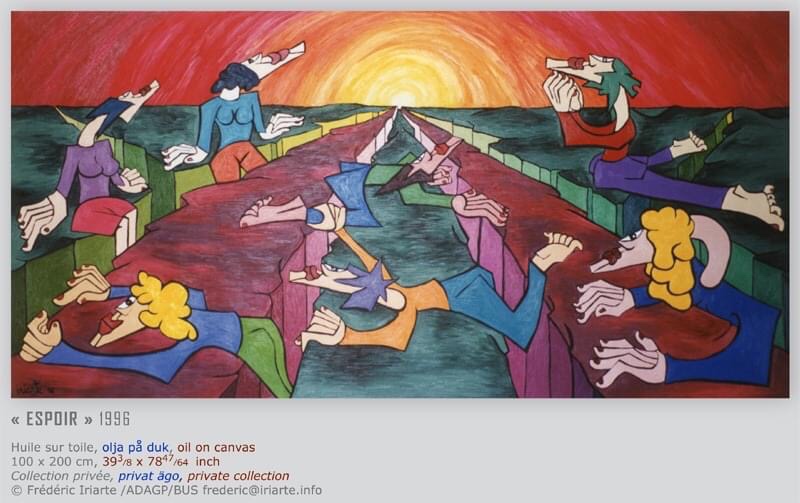
Irrealism casts light on this distinction. There is no one reality or real event, but a multitude of infinite possibilities, some more probable than others in terms of predictive outcome. But to understand this and sustain it visavis perception requires first a relinquishment of the notion of one sole truth or truthful perspective. The truth is not found in once account, one representation; nor it it found in accumulating and theoretically distilling all possible accounts and perspectives. Instead, the monotheistic idea of one truth needs to be exchanged for the greater truth of infinite diversity in limitless combinations.
Irrealism is a type of existentialist literary artform for which the means are continually and absurdly rebelling against the ends that we have predetermined for them. The whole causal relationship between means and ends is brought into question and we gain the insight of restraining from linking events, so as not to fill in gaps with significance.
If we can easily detach significance from coincidental events and understand their own phenomenal existence without added meaning, then equally we can detach significance from events that just happen to follow each other in time. By freeing events and objects from the phenomenal artifice of a causal chain of meaning, we gain an irreal insight into the true nature of events and objects as they exist.

Like existentialism, Irrealism has presented itself as both a philosophical argument and a work of art in which the philosophical principles are demonstrated by the fictional subjective experience of a protagonist. For examp0le, In THE MALTESE FALCON, Dashiel Hammet’s existential detective, Sam Spade is a free man as he is free from the compulsive and lethal greed of the antagonists. At the end of the film and novel, Sam chooses the virtue of duty over love .
By proving the reality of an existential choice as a empathetic human choice, the fiction delivers a more visceral universal understanding of the underlying principle.
Some lies reveal deeper truths.
Breaking attachment to one true account or representation permits the “irreality” of circumstance to become our context. This is akin to wavicle theory in which light is not reduced to one structural account but rather we adapt our contexts to fit the data. Sometimes light behaves like and can be measured as particles and sometimes it cannot. It can only be measured within the context of waves. So is light either a particle or a wave? Well neither, nor both. The truth is that light exists outside of our realm of contexts. It is not unreal to describe light as a particles, but it isn’t solely true either. Nor is the fact that light consists of waves soley true. This quantum perception version Schrodinger’s Cat does not dwell on the mortality of the cat but rather on our ability to perceive beyond uncertainty.
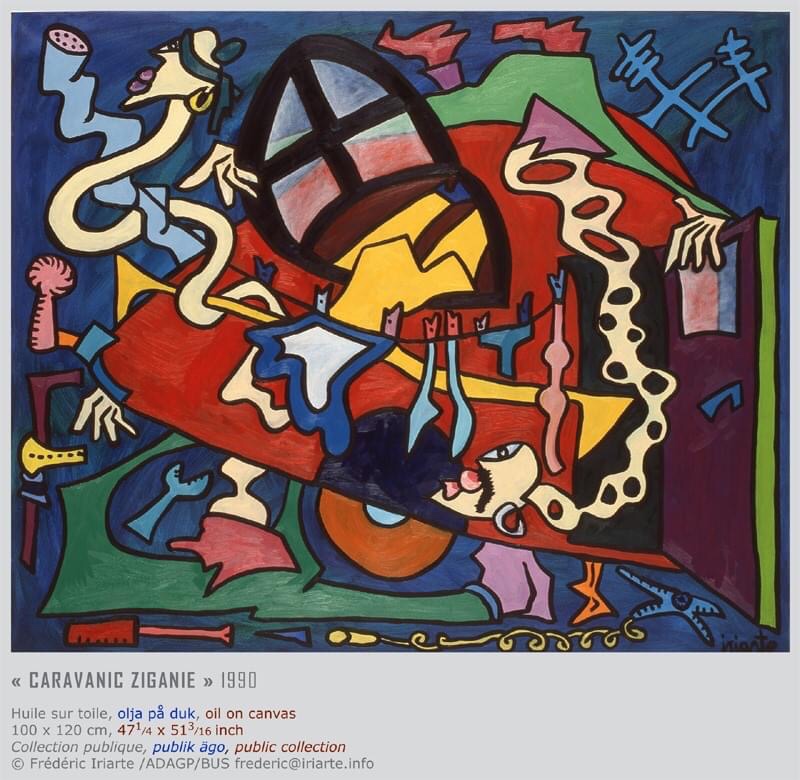
The awkward term “wavicle” is a contrivance of vocabulary: there is no such object as a wavicle. All there is, is a misleading name to make it easier for us to measure and understand the phenomenal nature of light, not its physicality. In this light, so to speak, Irrealism addresses the false dichotomy of physicality vs the phenomenal. Yes, the universe is a physical one and objects and events have gravitas and yes, the universe is merely comprised of what we perceive and subject to the limits of our own perception. The universe is neither singularly physical nor singularly phenomenal; nor is it both. As both interpretations hold weight in their individual contexts, neither are false but again neither by itself is true. The perception is not one of unreality (or falsehood or fantasy) but of irreality, reality is not above what we perceive and experience, but behind it.
So it is with irrealism. The philosophical premise of Irrealism is that both the physicality of objects and events is one context, whereas their phenomenal content, our perception occupies a separate but parallel context. Objects and events exist in both worlds’ the physical and the phenomenal.
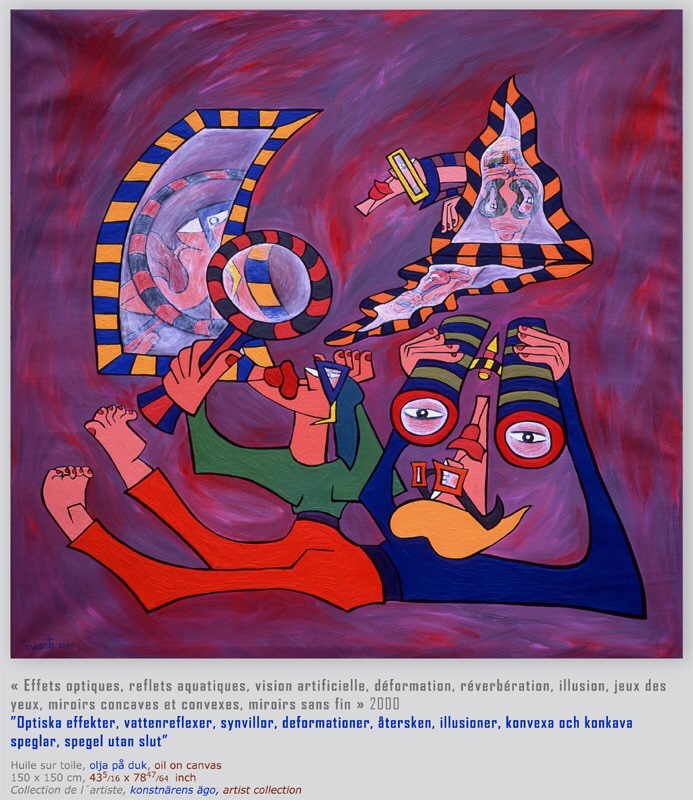
Irrealism demonstrates the irreality of events and objects by demonstrating existence as neither/or. An irreality demonstrates objects and events outside of their contextual rules. Viscerally this can be expressed in Art & Music and cognitively, in philosophy and poetry.
In philosophy, the belief that phenomenalism and physicalism are alternative “world-versions”, both useful in some circumstances, but neither capable of fully capturing the other.
Irrealist art and literature features an estrangement from our generally accepted sense of reality. Which explains the often welcome sense of discomfort or unease that often accompanies taking in an irrealist perspective. SF and Horror are good examples of that unease and rumbling anxiety as entertaining.
An example of this would be Franz Kafka’s story The Metamorphosis, in which the salesman Gregor Samsa’s plans for supporting his family and rising up in rank by hard work and determination are suddenly thrown topsy-turvy by his sudden and inexplicable transformation into a man-sized insect. Such fiction is said to emphasize the fact that human consciousness, being finite in nature, can never make complete sense of, or successfully order, a universe that is infinite in its aspects and possibilities.
Irrealism is the Impossible and the Unexplainable laid as foundation for an art form that can directly communicate, by feeling rather than articulation, the uncertainties inherent in human existence and the irreconcilability between human aspiration and human reality.
This suspension of the temporal extrapolation of causality requires a vantage point outside of the law of causality, (that every phenomenon and corresponding qulia has a predetermining cause).
The balls falls down because you threw it up because of therule: what goes up must come down. This fundamental layman’s interpretation of Newtonian laws of motion of course derives from a specific time frame that is pre space travel. To travel back to this context and suggest that this law may not always apply universally and that there are contexts such as weightlessness for which the causal relation does not exist, is an example of irrealism.
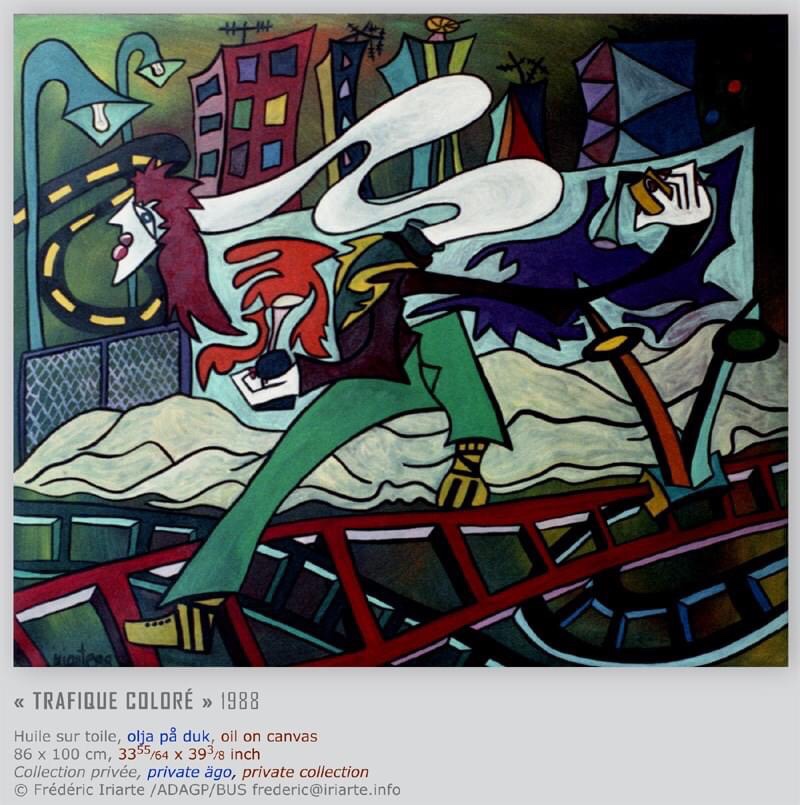
To suggest to Newton that what goes up doesn’t necessarily come down is to express an unreality to Issaic based on the context of his understanding. Moreover as Newton’s laws of motion are universally adopted as convention, to assert this truth too loudly will get you locked up in a mental asylum.
Those of us living Newton’s Impossibility know that whether or not the ball falls down is completely dependent on the existing context. To suggest a state of weightlessness to Newton’s context is an irrealism. It is false within the given context but true in a greater but remoter context. What we call ‘real’ appears to be exterior to us and perception-independent when in fact, it is neither. Irrealism exposes the mythic unreality underlying our virtual fixed world, the world we manifest with our minds by responding to certain stimuli in our environment. These stimuli and their interpretation sketch the internal map of our presumed outer world experience.
It is because of this out of context impossibilities that Irrealism is considered to be dream-like in nature, which is a justifiable description so long as we remember that the Irreal representation does not relate a particular dream that we might have had but instead evokes aspects of the dream-state within the work. Irrealist objects occupy our dreams as props for symbolic meanings much as one reads the symbolism within a medieval painting or a film wherein every object captured is there for a meaningful reason.

To understand that reality exists both outside of and inside of perception,( not in one or the other soley nor both together), is to glimpse the tapestry of infinite possibility divorced from the coincidences of causality. Quoting the American philosopher Nelson Goodman “as much as we might try to order our world with a certain set of norms and goals (which we refer to as the real world), the paradox of a finite consciousness in an infinite universe creates a zone of irreality. The Irreal is that which lies beyond [or behind], the real”) that offsets, opposes, or threatens the real world of the human subject.
Irrealist art highlights this irreality, and our fascination with it, by combining the unease we feel from a world that doesn’t conform to our desires; with the narrative quality of a dream state wherein safe and familiar realities are being constantly undermined.
“We are not speaking in terms of multiple possible alternatives to a single actual world but of multiple actual worlds.] Goodman makes no assertions regarding “the way the world is” and that there is no primary world version i.e. “no true version compatible with all true versions.” nor world-versions” of the world”. Instead he describes worlds as “made by making such versions”. As Goodman says, “Not only motion, … but even reality is relative.”
Irrealist art shows us this.
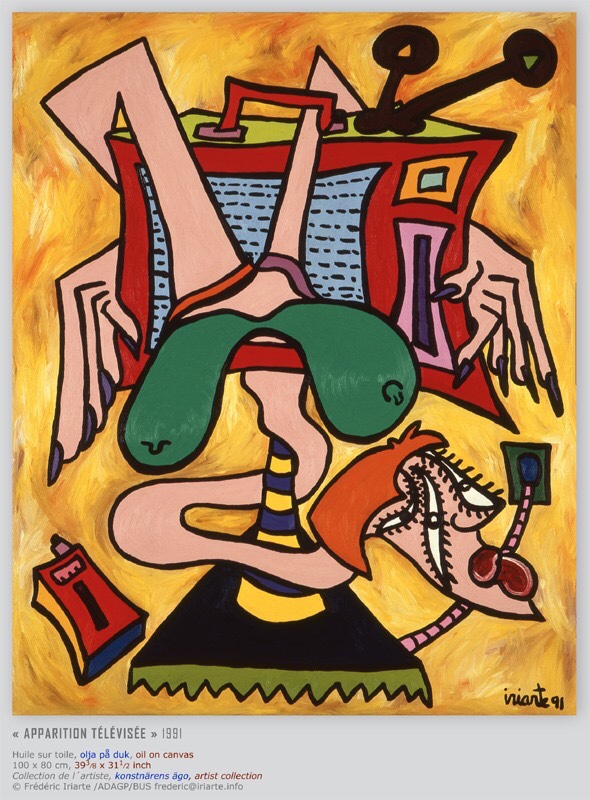
A successful irreal work of art, music or literature confronts its audience with a perception that cannot simply be translated as merely a fantasy, speculative or as a symbolist work. . Thus cut off from the familiar context of what is possible and ultimately explainable, impossible, one is left alone in the company of the absurd. It is thus communicates directly, “by feeling rather than articulation, the uncertainties inherent in human existence or, to put it another way… the irreconcilability between human aspiration and human reality.”
The artist Tristan Tondino writes, “Realism is an Irrealism. Reality is plurality – we partially create it, and we must open our universes and our perceptions to all possible versions of it.
Irrealism is a vaccine for living with the truth of uncertainty
© Igor Goldkind 2020. (all augmenting quotes are attributed to Nelson Goodman)
Thanks to Franco-Gallic Irrealist artist Frederic Iriarte [Frederic@iriarte.info] for the loan of his work. All images are © Frederic Iriarte and cannot be reproduced without his permission.
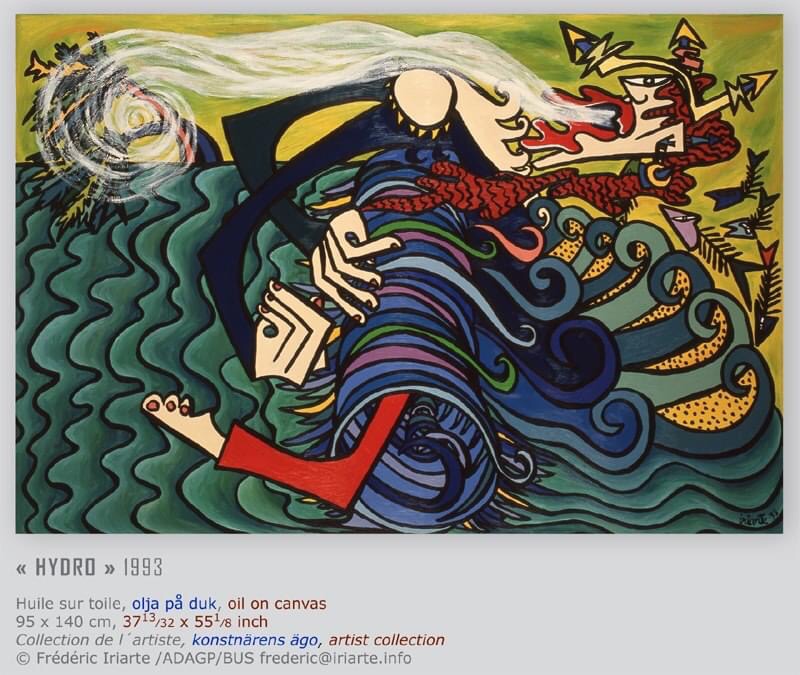
Thanks to Franco-Gallic Irrealist artist Frederic Iriarte [Frederic@iriarte.info] for the loan of his work. All images are © Frederic Iriarte and cannot be reproduced without his permission.


Reblogged this on Frédéric Iriarte artiste plasticien contemporain.
LikeLike
September 15, 2020 at 3:38 am